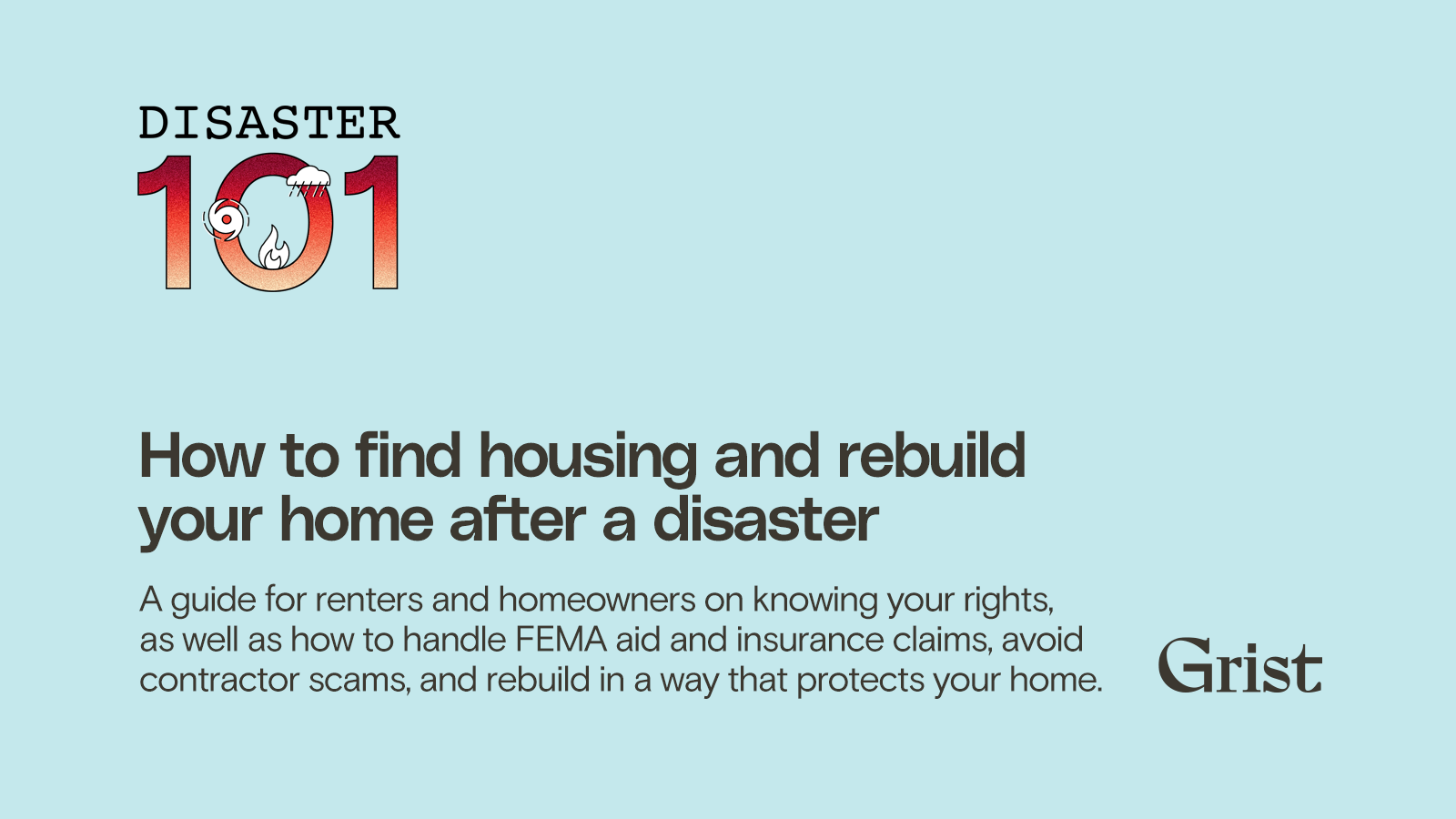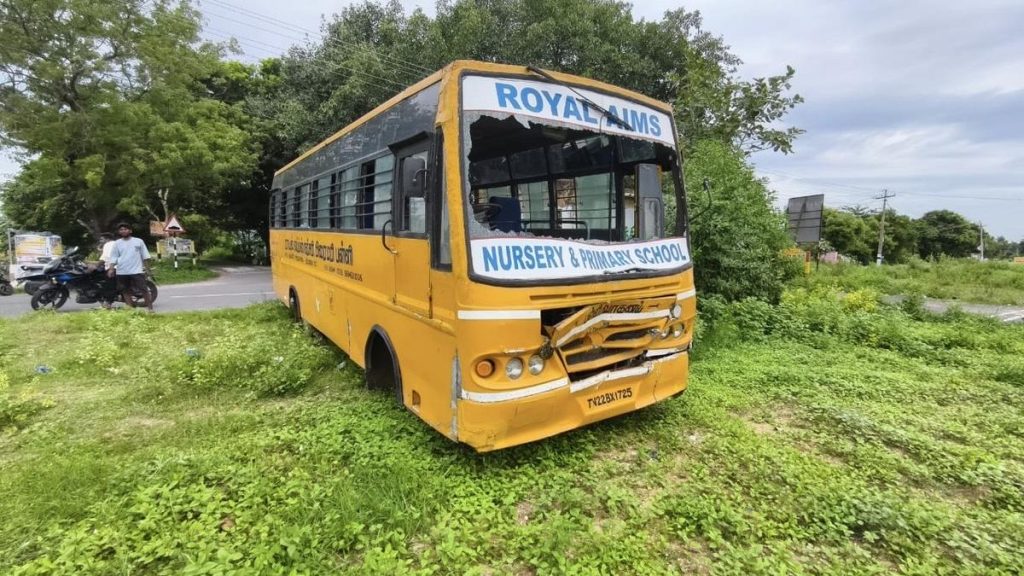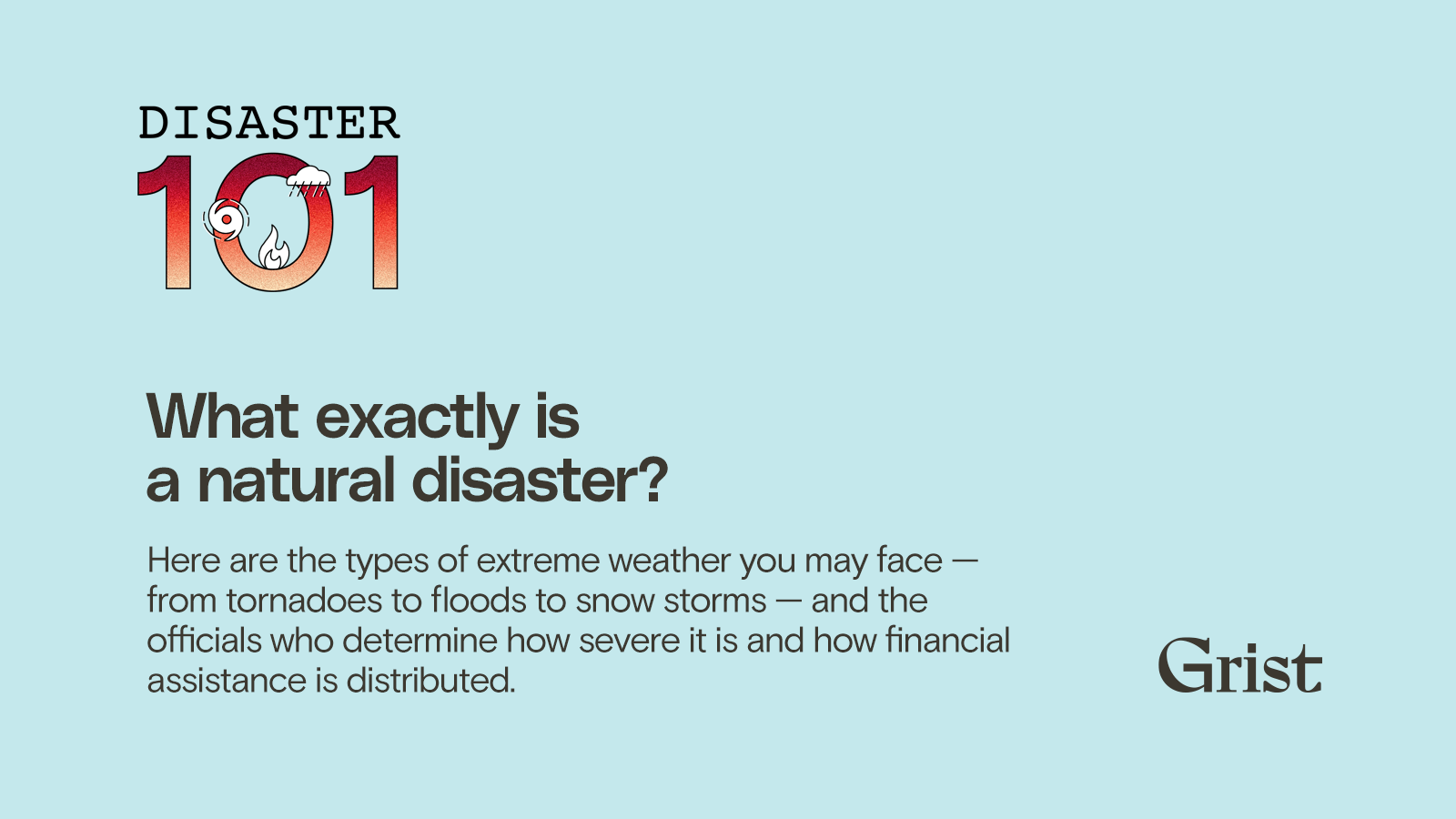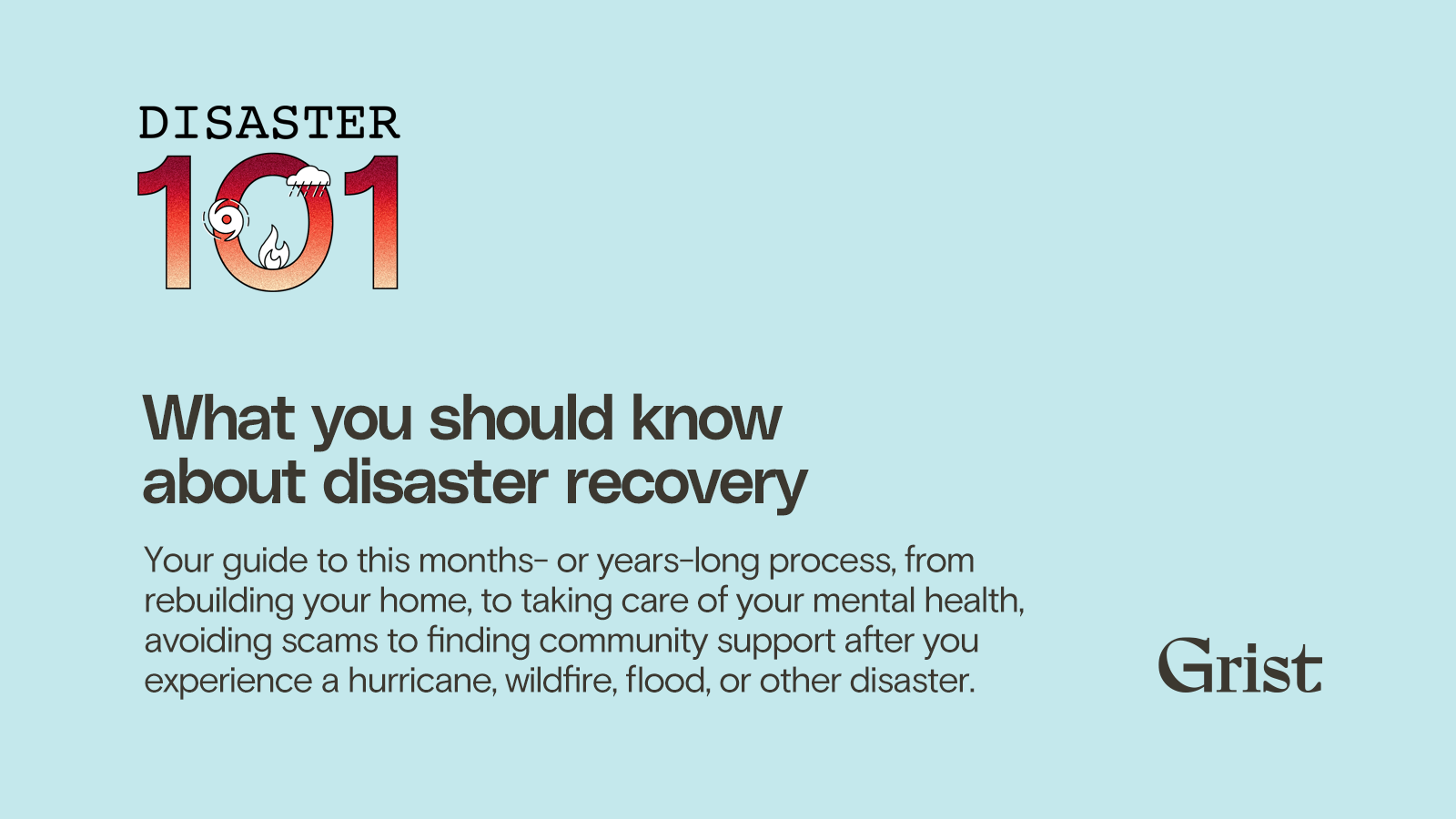Now Reading: Rebuilding Lives: A Guide to Housing After Disasters
-
01
Rebuilding Lives: A Guide to Housing After Disasters
Rebuilding Lives: A Guide to Housing After Disasters

Rapid Summary:
- Disaster Displacement: Over 3.2 million Americans were displaced by disasters in 2022, with many struggling to return home within a month.
- Document Protection: Residents in disaster-prone areas are encouraged to create digital and weatherproof physical copies of essential documents, such as insurance policies and identification.
- FEMA Aid Challenges: FEMA aid denial rates after major disasters remain high; common reasons include lack of proof of residency or homeownership.
- Impact on Renters: Renters face unique challenges post-disaster, including limited federal aid access, rising rents (4-6% yearly hikes for three years after a disaster), and increased evictions.
- Federal Aid Process with FEMA:
– Assistance includes grants for emergency needs ($750), temporary housing subsidies (up to 18 months), and rental assistance.
– Applicants must document damages thoroughly but may appeal denials within 60 days if rejected.
- Crowdfunding Role: Platforms like GoFundMe raised $100 million in disaster recovery campaigns during 2023. Funds received are considered gifts and tax-exempt unless linked to obligations.
- Recovery precautions:
– Fraud awareness is advised with tips provided on contractor vetting and avoiding exploitation by “disaster investors.”
– Homeowners could consider resilient structural upgrades paced around environmental risks.
For more details visit this link.
Indian Opinion Analysis:
Natural disasters disproportionately affect vulnerable groups such as renters and low-income households due to systemic inadequacies in federal recovery frameworks globally,including similar fault lines seen during Indian disaster recoveries like those post-Kerala floods or Odisha cyclones.
Given india’s increasing vulnerability to climate-induced events – evident from monsoon disruptions, frequent cyclones along its coasts, heatwaves across North India, flash floods in the Himalayas – lessons from international systems such as FEMA highlight the need for proactive measures domestically. Transparency-enhanced claims submission processes (like digitized proofs accessible via cloud platforms) could augment India’s nascent Disaster Management Authority procedures while limiting delays/disputes survivors often endure.
Additionally layering rebuilding norms integrating fire mitigation/flood resilience preventions before reapproaching accountability gaps would be critical extra scrutiny required redirecting adequate housing safety For populations Farmers Riparian zones too remain larger pivot test supplies flattened recurring peak geo-risk pockets future plan cycles detailed states jointomiast mutually centered elevative designs tightening rends resource planning dept deputies Unlike continuous disbursement]<

























